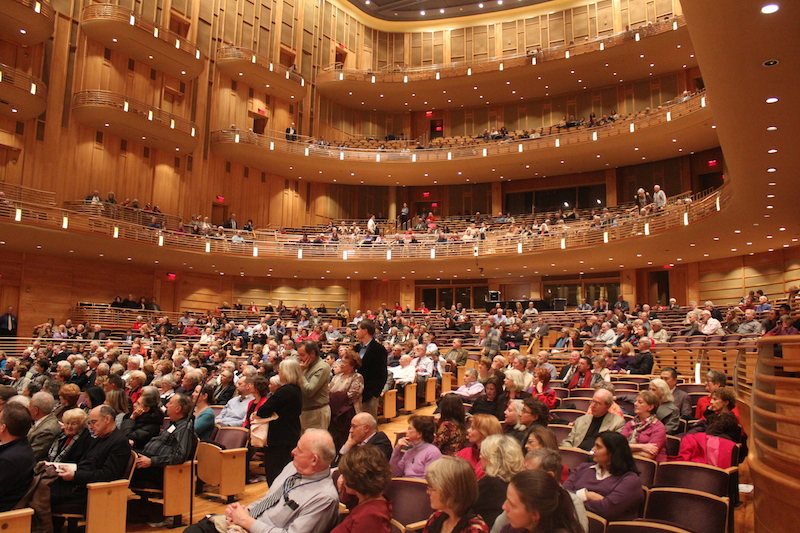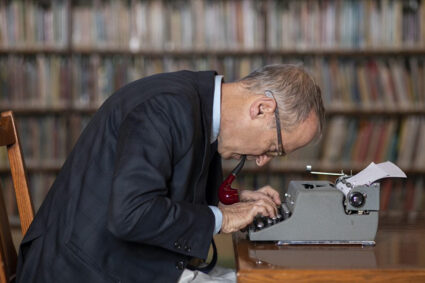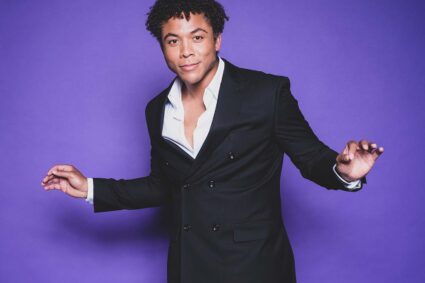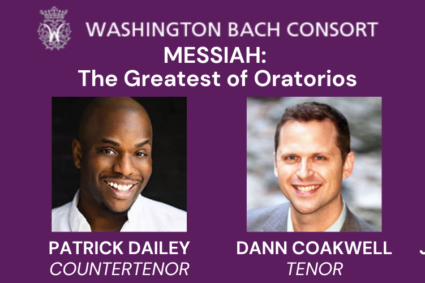
There have been a number of musicians to have written music about either death or tragedy only to unfortunately have death or tragedy bestowed upon them. Tupac, Notorious B.I.G., John Lennon, Jimi Hendrix, Hank Williams, have all in a sense written their own requiem mass. John Denver wrote a song entitled “Leaving on a Jet Plane” eerily only to later to die in a plane crash. But John Denver was a pilot and loved to fly, he often traveled. Musicians tend to transcend life into sound. Sometimes the artist’s introspective view of reality surpasses into lyrical/sound verbatim/vibrations. Mozart believed he was writing his own requiem. This piece of music is an introspective resonate translation of what Mozart believed was an inevitable actuality. Sometimes tragic events or circumstances translate into music and it is a reflection in and of itself.
The first piece of this program though wasn’t Mozart; it was that of Arvo Part, “Tabula Rasa”. The first movement “Ludus” was a whirlwind of edgy violin. Qing Li and Madeline Adkins violin solos were extraordinary. The Duo collaborated with extremes ranges; it gave the piece a remarkably dissonant feel. The second movement “Silentium” or (“Silence”) was just that, a fade into silence. This is where Conductor Ignat Solzhenitsyn’s calm flowing gestures really showed the dynamics of the piece. Visually it was reminiscent of Ignat slowly capturing each note and putting it to rest, until every note was silenced. “Tabula Rasa” was an appropriate opening for a program ending with a requiem.
The anticipation of Mozart’s requiem was apparent. Upon entering the stage singers Susanna Phillips (soprano), Marietta Simpson (mezzo-soprano), Norman Reinhardt (tenor) and Robert Gleadow (bass) were enthusiastically applauded. Listening to Mozart’s requiem I couldn’t help but to think of my favorite movie of all time “Amadeus”. The Baltimore Symphony Orchestra executed this piece well in the sense it evoked visual memories of this film. Who really stood out was the choir. Their chants were prominent throughout the requiem giving it a hair raising effect. One soloist whose performance particularly stood out in my opinion was tenor Norman Reinhardt who was making his BSO debut. His tenor solos were at the forefront of all the vocals, as if he were the lead singer of the band.
This whole performance was executed stunningly amazing. It was interesting leaving with such a feeling of exuberance after listening to a funeral mass. The Baltimore Symphony Orchestra rendered this piece masterfully. The entire program was really well conceived. It was a pleasure to behold.



